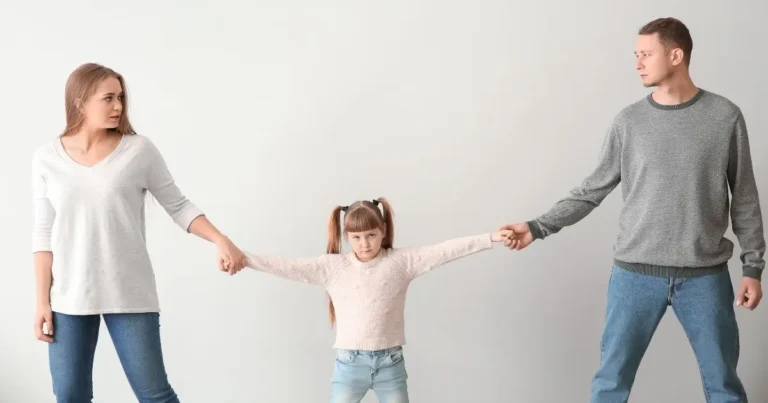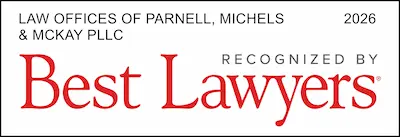Collaborative Law: Avoiding The Pitfalls of Litigation~2 min read
In family law, litigation can have very negative effects on familial relationships. In a divorce, it causes parties to become entrenched in their positions, and they end up spending thousands upon thousands of dollars fighting in Court. Often, we have family law clients in divorce cases that don’t want to ratchet up the emotions by pursuing litigation and ask about alternative options that do not involve going to Court.
The best option available is Collaborative Divorce. It is a process that removes a lot of the stress, time, and money spent on litigation. Instead, parties go through a series of meetings until the process is concluded with a final agreement. The first step is agreeing to do collaborative law in the first place. At Parnell, Michels & McKay, we often recommend collaborative divorce to clients as a non-litigious option. In order to do a divorce collaboratively, there are specific steps that must be taken.
First, the parties must agree to a collaborative process. Each party must have a collaborative lawyer to represent them. Once each party has a collaborative lawyer, the parties and their attorneys meet to go over the collaborative process and sign an agreement. The most important part of this agreement to understand is that if the collaborative process fails, then neither party’s attorney can represent them in any future litigation around that family case. For example, if a person hires Cathy McKay as a collaborative attorney, and then decides they would rather do litigation, Cathy McKay cannot represent that person in the litigation process. The person must get a new lawyer at a different law firm. This helps parties remain invested in the process and coming to an agreement.
There are also additional benefits to the process besides just avoiding litigation. A mental health professional can be involved to help people through the significant emotional issues a divorce can bring. A financial specialist can also be involved to help parties understand the financial decisions that must be made in a divorce. Both professionals help facilitate the collaborative process by allowing both parties equal access to these individuals to get questions answered, and their needs addressed.
The parties then hold as many meetings as necessary to come to an agreement. This can sometimes happen quickly, and other times in more complex cases it can take additional meetings. Yet, throughout the process, it is designed to be non-adversarial, and to avoid the stress and emotion involved with litigation.
Collaborative law is a wonderful development, and Catherine McKay is at the forefront of its establishment and continued popularity in New Hampshire. If you find yourself looking at litigation and would prefer to avoid it by participating in the collaborative process, contact our office today to see how we can help you move forward as amicably as possible. To read more about collaborative law, click here.
Our firm blends advocacy oriented practice with effective practical solutions for all our clients in Londonderry, N. Woodstock, and throughout New Hampshire. The attorneys at Parnell, Michels & McKay provide effective representation and counseling to assist our clients facing legal questions. We simplify the process so our clients can understand and are able to participate as partners in the resolution.
Our practice includes personal injury law such as motor vehicle accidents, falls, dog bites, workers compensation, social security disability, and other injuries.
We also practice family law, including divorce, post-divorce, unwed custody and property division, and collaborative divorce, and have extensive experience in bankruptcy, probate, boundary disputes, estate planning, corporate formation and other real estate litigation.















